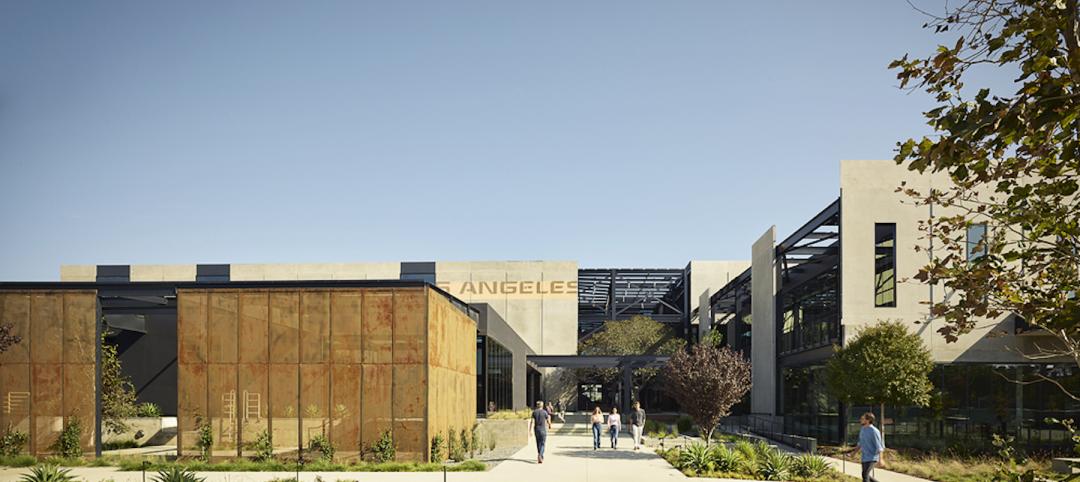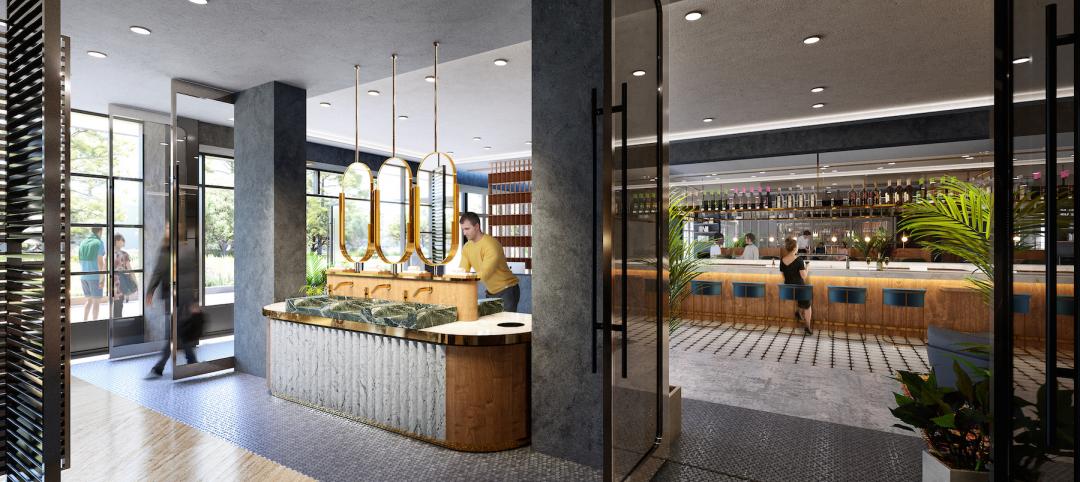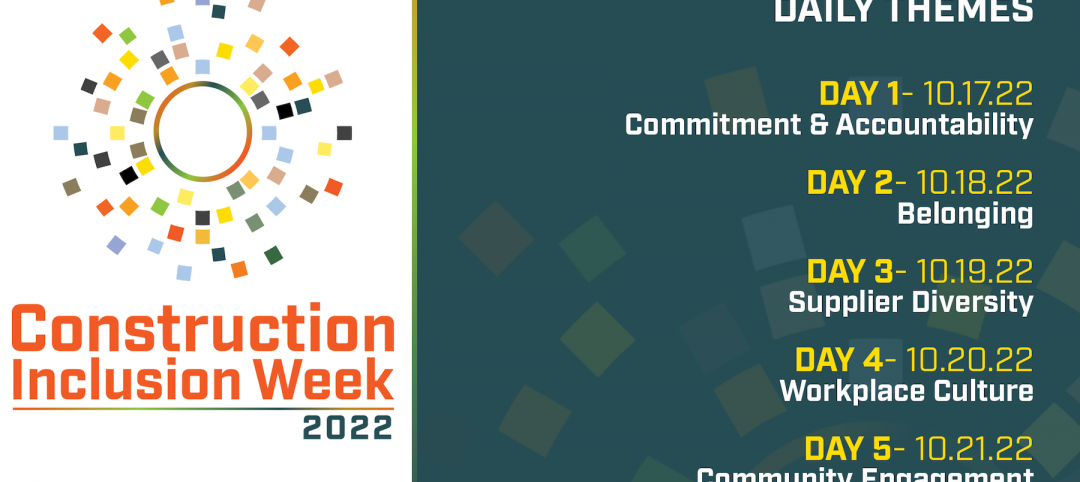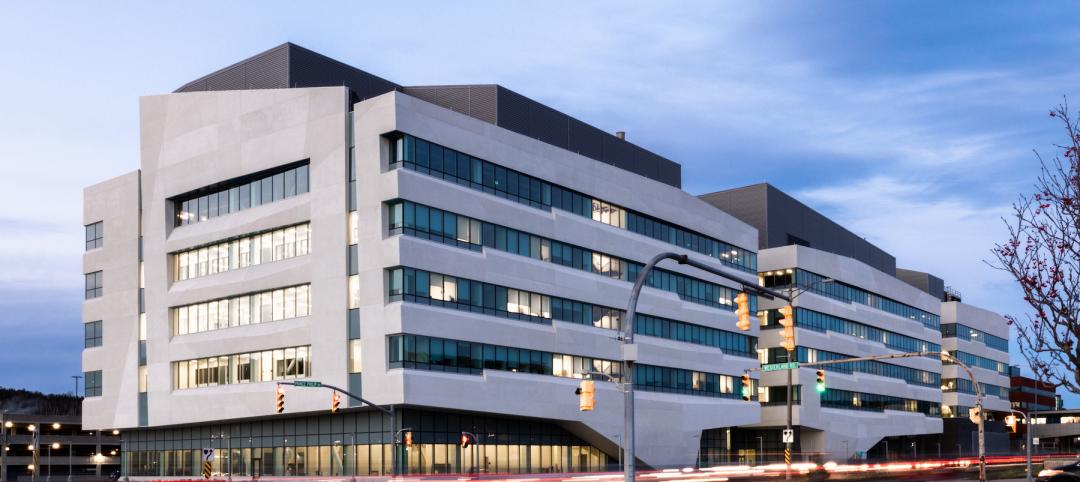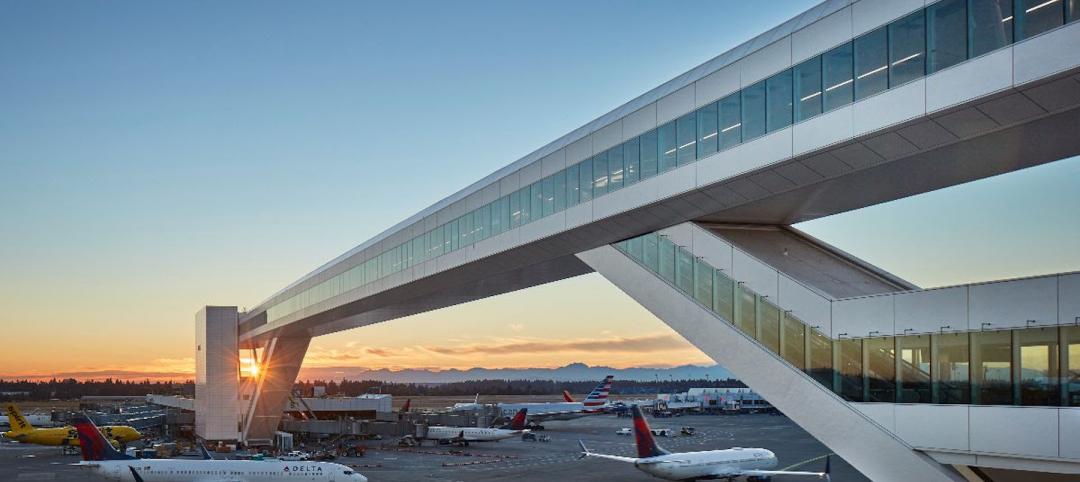What does a green building look like? How would you know one if you saw one? Maybe a trivial question to some, but of great interest to architects, designers, and other members of the Building Team as the rapid evolution of sustainable buildings continues apace.
At the recent symposium “Connect Ideas – Maximize Impact," sponsored by Transsolar Climate Engineering in Stuttgart, Germany, architect Stefan Behnisch posed the question: Where are the iconic green buildings? In his opening remarks for a panel on integrated design, Behnisch raised the point that past engineering innovations, especially in materials, often opened the way for such iconic structures as the Eiffel Tower, in the late 19th century, and the Centre Pompidou, in the late 20th. But where, he wondered, were the iconic green buildings of today?
Behnisch built his remarks around the need for a recognizable icon for green design, which he believes hasn’t yet been found, but is necessary for sustainability to be seen as a design impetus to be translated and transparent to the public.
He remarked that throughout the past 150 years, new topics have always taken over architecture and stimulated design thinking. Often this has been through the use of certain technologies or inventions. For example, structural expression began with projects such as the Eiffel Tower and eventually devolved into something architecturally iconic such as Foster + Partners’ Hong Kong Shanghai Bank headquarters tower (with Arup as engineer), completed in 1985.
Behnisch said that this trend emerged because architectural designers believed that buildings must be technically or programmatically very strong (or, I would add, preferably both), and those elements should be manifest in the design. This approach engaged directly with the public and enabled the layperson to understand the underlying nature of the building. In today’s world, steel, glass, and concrete towers try to satisfy our need for transparency in the large institutions that occupy them, to accomplish that goal.
Behnisch noted that many current buildings claim to be sustainable and, in many cases, they may save some energy. However, for most of these projects, even the LEED Platinum ones, the design itself does not directly engage the public enough to make their sustainable features apparent. Therefore, Behnisch seeks a new design language that will elevate sustainable design to the same level of architectural recognition as prior innovations, such as structural engineering technologies.
For me, that raises an interesting question: Can a sustainable building be as beautiful as the Brooklyn Bridge—or the Golden Gate—or as inspirational as the Empire State Building or San Francisco’s Transamerica Tower? If we are talking about sustainability, biophilia in design, or biomimicry in materials, should we expect any architectural expression to be as beautiful as, say, the natural beauty of a banyan tree?
Just slapping solar panels—even “building-integrated” ones, whatever that means—or wind turbines onto otherwise ordinary buildings doesn’t do the trick for me, although you could argue that these equipment add-ons could afford the public at least some idea of the building’s intent to be sustainable in energy use.
What would move you to recognize a sustainable building from one that wasn’t? What would be the architectural expression of sustainability that would be obvious to both the public and the building occupants?
For building occupants—office workers, students and teachers, health professionals—perhaps having great amounts of daylighting and movable shades would be obvious reminders that someone really thought about making a building work for the people in it.
What would be a similar gesture for passersby and other members of the public? Perhaps it’s a building with external movable shutters (such as those on the well-known Council House Two building in Melbourne), or an earth-sheltered structure that’s been burrowed into a hillside, or one with a vegetative roof or green wall. But even the lovely undulating roofs of Renzo Piano’s California Academy of Sciences in San Francisco can’t really be seen from the street.
Among larger sustainable buildings, one of the best I know of in North America that exhibits both building and urban sustainability is KPMB’s Manitoba Hydro Place. In the harsh climate of Winnipeg, this 22-story, 700,000-sf building operates in a low-energy manner, 60% below Canada’s Model National Energy Code, with high user satisfaction, while helping to regenerate the downtown core by bringing in two thousand workers a day. Viewed from the north, there’s a 22-story “thermal chimney”; from the south, a wide expanse of glass in a double-skin envelope that, to me, says “passive solar.” Inside, nearly 275 aluminized Mylar strips form a dramatic 75-foot-high water feature (conceived by KPMB with Transsolar Climate Engineering and designed by Dan Euser and the owner/architect team) that passively humidifies the air in winter and dehumidifies it in summer.
At a smaller scale, my vote would be for a building made from wood, as warm and natural a material as there is and best seen in low-rise buildings such as those by German architect (and now architecture professor at the University of Hawaii) Martin Despang (www.despangarchitekten.de)––for example, his Krogmann company headquarters in Lohne-Kroge, Germany. Since most newly constructed buildings are less than six stories in height, a well-designed wood building for me would be an obvious choice to shout “sustainable” to the public, with or without solar panels on the roof.
For an even smaller building, I visited architect Rick Joy’s office in Tucson last year. The 1,400-sf design office, whose walls are made of rammed earth, is totally cool (in both senses of the word), even in the hot desert climate of Arizona. The structure also violates a “law” of sustainable design by having daylight come in only from the north. In fact, this is a great idea in Tucson, which has temperatures above 100˚F about 20% of the year but very mild winters. This kind of technology is hardly new, of course: I built my own passive solar adobe home in northern California 30 years ago.
What would be your choice of the most iconic green building? Send your nominations to me at: jerry@greenbuildconsult.com. I’d be especially interested in hearing about larger commercial buildings, where design intentions for sustainability often have to be deciphered from a LEED Platinum award or a long case study, or via very specialized architectural reviews.
Which is the building that says “simply sustainable” to you? +
--
Jerry Yudelson is founder and president of Yudelson Associates (www.greenbuildconsult.com), a sustainability consulting firm in Tucson.
Related Stories
Codes and Standards | Jun 8, 2022
Florida Legislature passes bill requiring stricter condominium inspection
The Florida Legislature recently passed a bill to beef up building inspection requirements for many of the state’s condominiums.
Office Buildings | Jun 8, 2022
Former L.A. Times newsroom/printing plant remade into office campus
Phase 1 of The Press, an adaptive reuse project that is converting an old Los Angeles Times facility into a modern office campus, was recently completed in Costa Mesa, Calif.
Codes and Standards | Jun 7, 2022
FEMA launches National Initiative to Advance Building Codes
The U.S. Federal Emergency Management Agency (FEMA) has launched a new government-wide effort to boost national resiliency and reduce energy costs.
Plumbing | Jun 7, 2022
Sloan launches ‘Sinks Beyond the Restroom’ innovation
Sloan, the world’s leading manufacturer of commercial plumbing systems, has launched its ‘Sinks Beyond the Restroom’ concept.
Building Team | Jun 7, 2022
Announcing construction inclusion week 2022: October 17-21, 2022
Save the date for Construction Inclusion Week 2022: October 17-21, 2022.
University Buildings | Jun 7, 2022
Newfoundland university STEM building emulates natural elements, local traditions
Memorial University of Newfoundland (MUN) recently opened a new building that will provide interdisciplinary learning and research space for Faculties of Science and Engineering.
Codes and Standards | Jun 2, 2022
Guide helps schools find funding for buildings from federal, state government
New Buildings Institute (NBI) recently released a guide to help schools identify funding programs for facilities improvements available from federal and state government programs.
Airports | Jun 2, 2022
SOM-designed International Arrival Facility at Seattle’s Sea–Tac airport features the world’s largest aerial walkway
The Skidmore, Owings & Merrill (SOM)-designed International Arrivals Facility (IAF) at Seattle-Tacoma International Airport has opened, replacing a 50-year-old arrival facility.
Women in Design+Construction | Jun 2, 2022
Women in Architecture: How HMC Pioneers Gender Equality
A survey by the Association of Collegiate Schools of Architecture (ACSA) shows that while women account for nearly half of graduates from architecture programs, they only make up about 15 percent of licensed architects.
Codes and Standards | Jun 2, 2022
New design guide for hybrid steel-mass timber frames released
The American Institute of Steel Construction (AISC) has released the first-ever set of U.S. recommendations for hybrid steel frames with mass timber floors, according to a news release.



